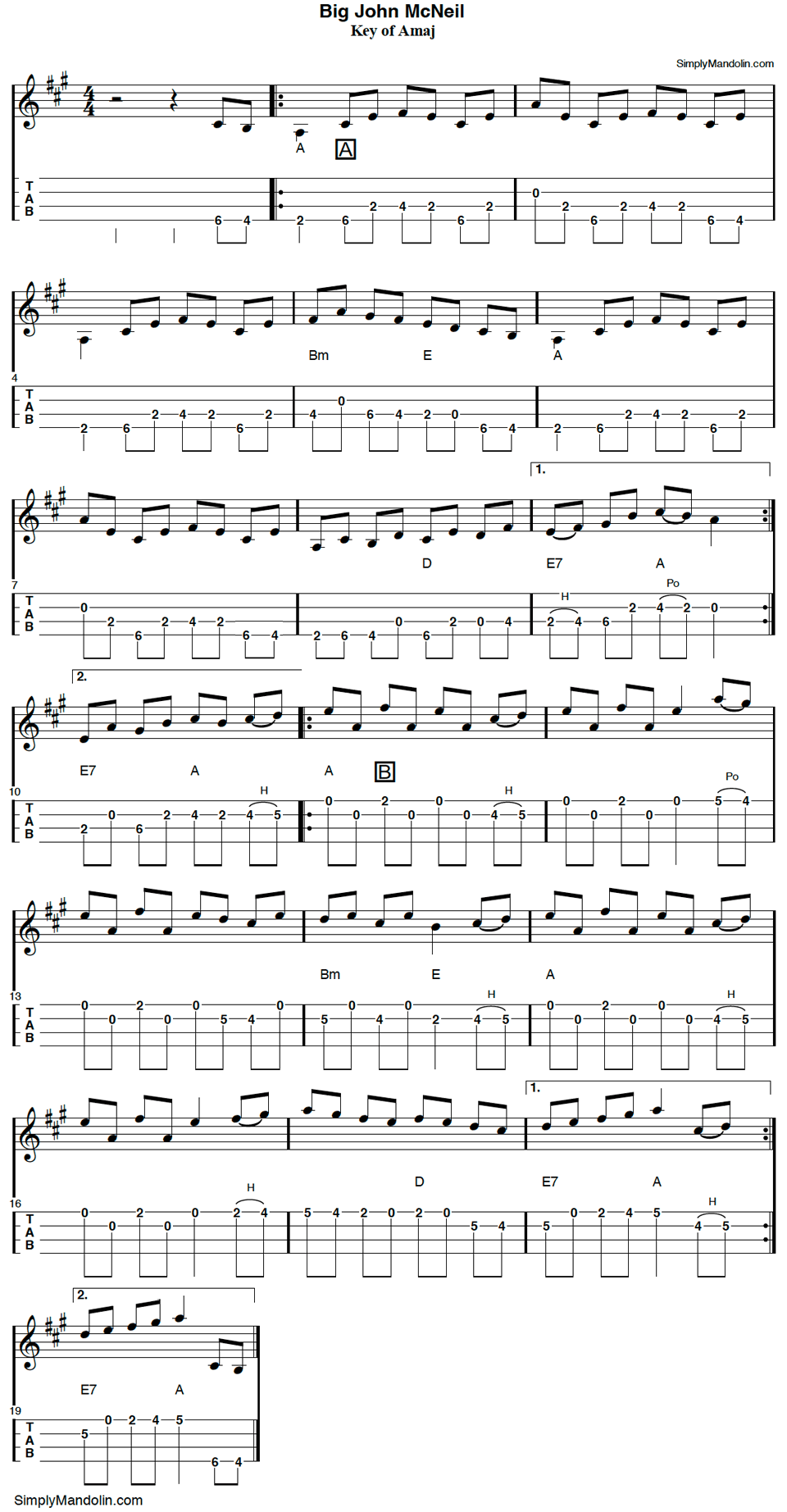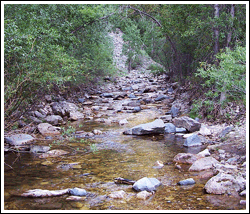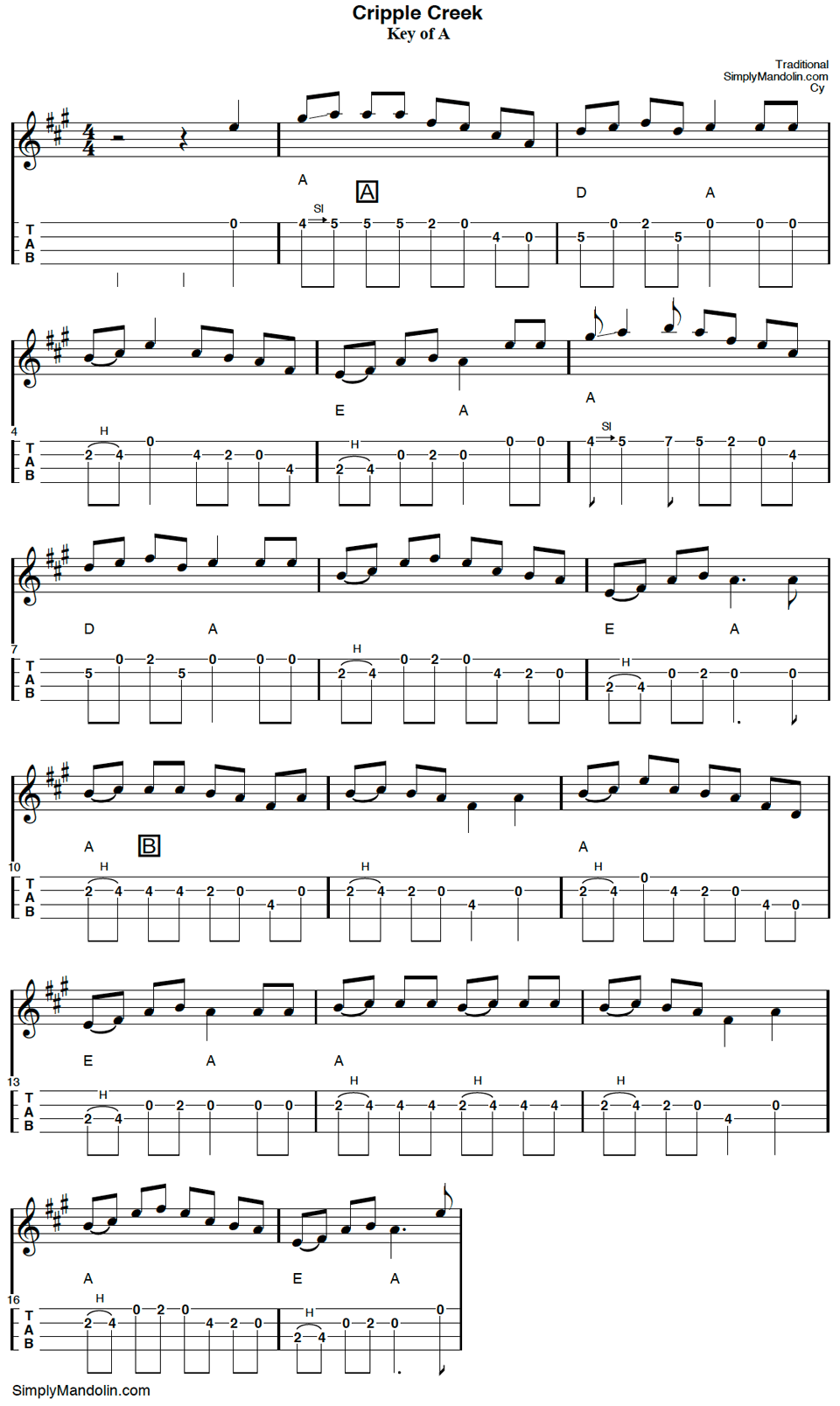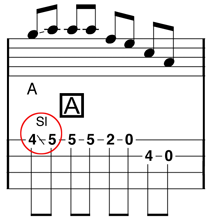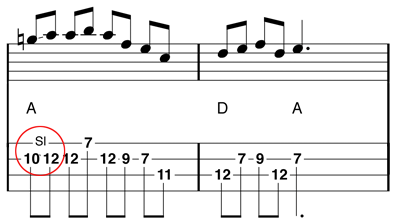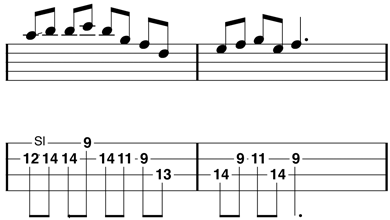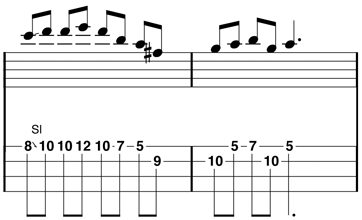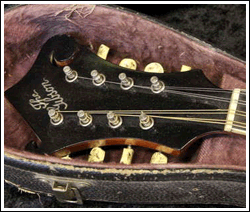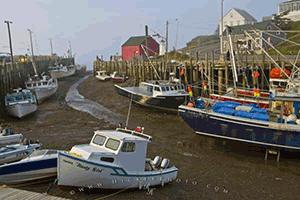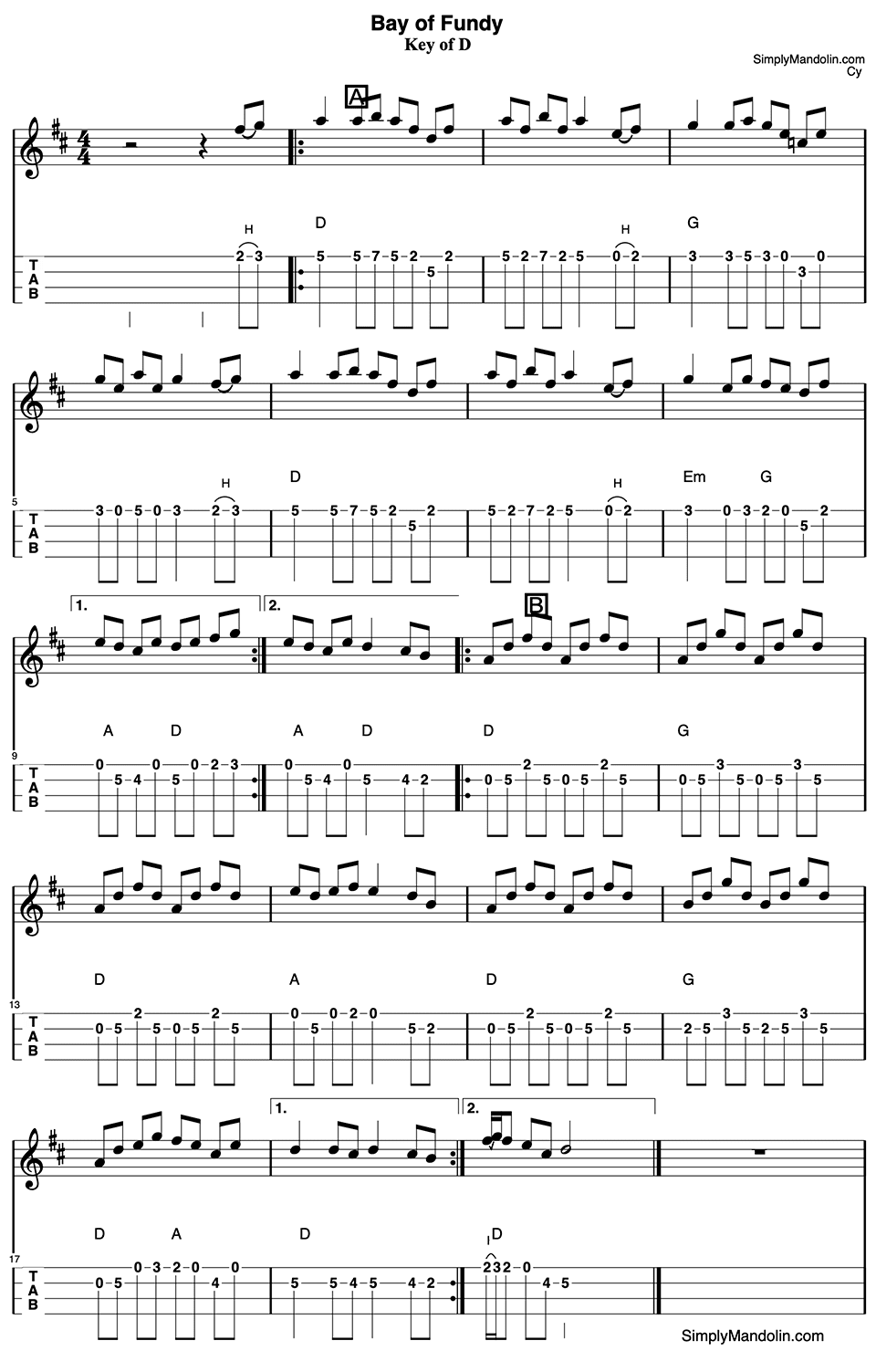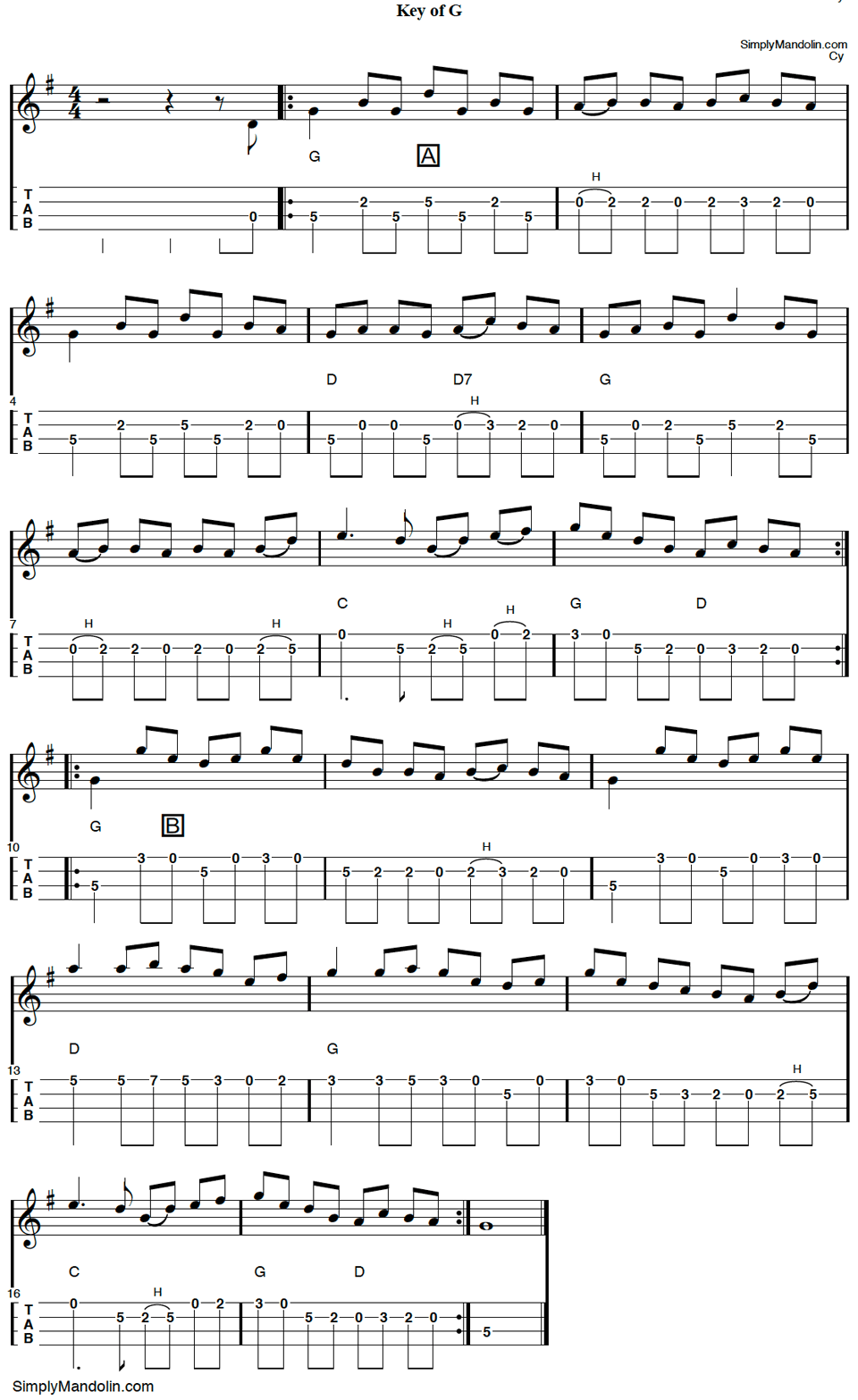
A young spotted Appaloosa.
The Spotted Pony is a simple little tune with a catchy melody. It’s an old classic, but I’m not sure of the origin. I was surprised that it wasn’t in the Fiddler’s Fake Book.
I did find information on a small horse breed called “the British Spotted Pony”. The breed originated in England and has been around for a couple hundred years.
Characterized by its spots (of course), and a smaller stature, they can range in size from miniature, to 14.2 hands. According to wikipedia, anything larger would belong to the Appaloosa breed, which is what I originally considered to be the possible inspiration for the tune.
The Tune
The following is a fairly easy version of a nice, simple tune. The A-part is usually played twice, followed by the B-part twice. However, I have heard the melody played with the B-part first.
It’s in the Key of D major.
Listen to “The Spotted Pony” for mandolin
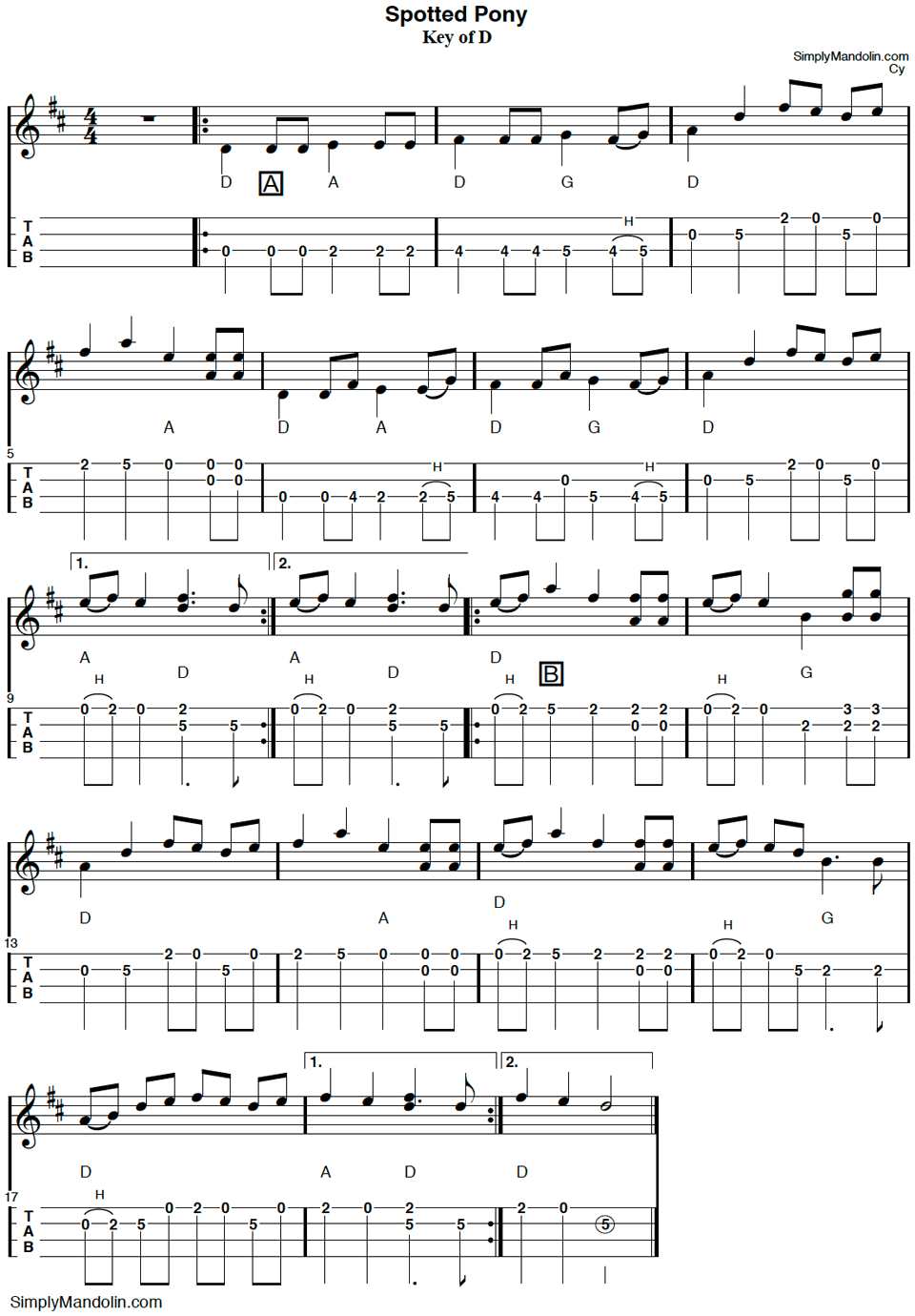
Downloads:
More Stuff
I always do a little research on a tune when I’m putting up an arrangement. In this instance, I ended up learning more about the pony breed than the melody. If you’re at all interested and would like more info, you can check out The British Spotted Pony Society online.
Thanks for your interest in SimplyMandolin.
Don’t Miss a Beat!
Join our mailing list for new tabs, practice ideas and study material.
Keep informed of new projects. Its free!
No spam, ever. That’s a promise!



